Please login or click here to join.
Forgot Password? Click Here to reset pasword
Well known for its large triangular white mark, Watlington hill is a National Trust site boasting wonderful views over the Oxfordshire Plain to the North and West. It is also part of a larger Site of Special Scientific Interest (SSSI). The site is home to over 25 species of Butterflies and also the best spots in the Chilterns for viewing Red Kites. There is free car parking in the area.
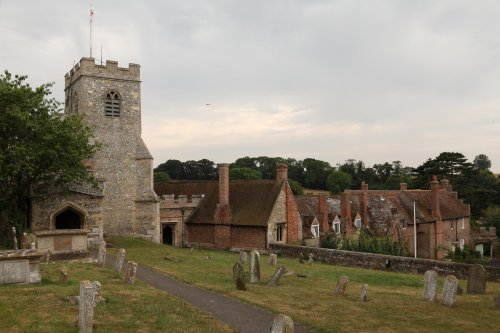
a Picturesque Village in the county of Oxfordshire
(3.9 miles, 6.3 km, direction W)Ewelme is a quiet place particularly noted for its historic parish church...

a Picturesque Village in the county of Buckinghamshire
(4.1 miles, 6.7 km, direction SE)This village is noted for its numerous appearances in memorable televisions shows such as The Vicar of Dibley and Midsomer Murders. Turville is the quintessential English.....

a Picturesque Village in the county of Oxfordshire
(4.2 miles, 6.8 km, direction S)Nettlebed is a lovely English village in the heart of rural Oxfordshire...
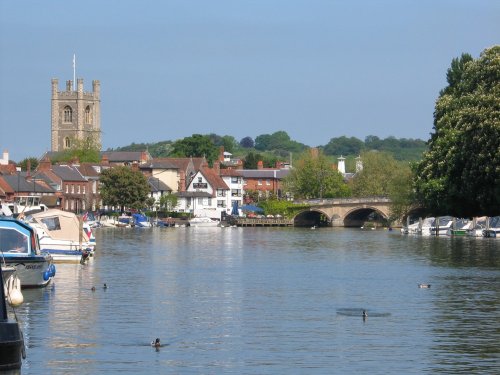
a Historic Market Town in the county of Oxfordshire
(7.7 miles, 12.4 km, direction SE)Henley held the very first regatta in 1839 and in the year 1851 Prince Albert became Patron of the Regatta, thus giving the event the pretigious title of Royal Henley Regatta...
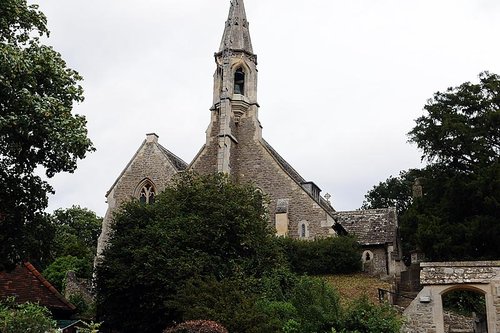
a Picturesque Village in the county of Oxfordshire
(9.9 miles, 16.0 km, direction W)This is a popular Thames side village which was the choice of Jerome K. Jerome for a setting for one of the riotous scenes of his "Three Men in a Boat" and it is easy to see just.....
All towns in Oxfordshire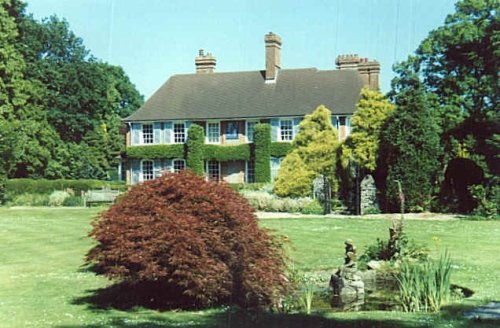
Nuffield Place is the former home (1933-63) of Lord Nuffield who was the founder of Morris Motors. The house is a rare survival.....
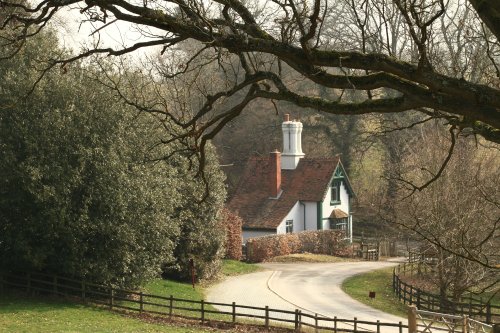
Intriguing Tudor Manor with 14th-century fortifications, and Ornamental gardens set within medieval walls. Things to see include.....
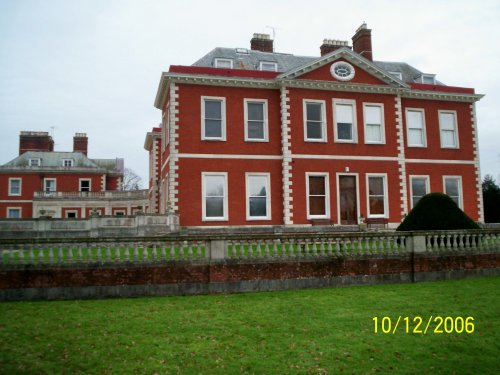
..
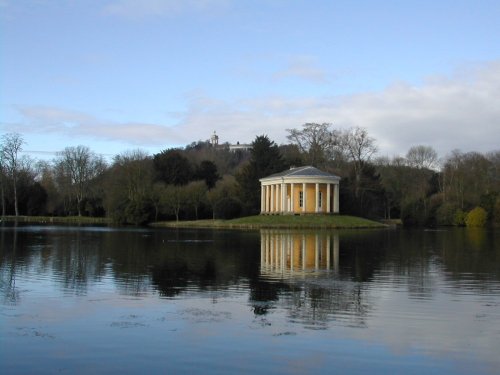
Perfectly preserved rococo landscape garden, surrounding a neo-classical mansion...
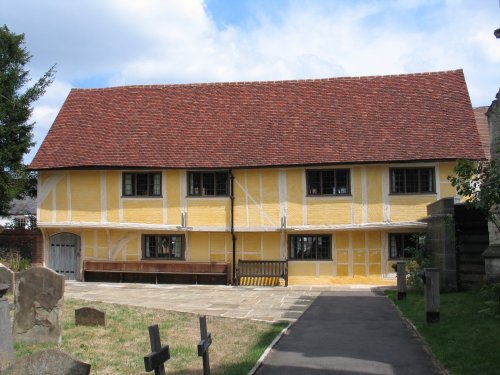
This is a magnificent 14th-century Grade I listed church hall. Its timber-framing is typical of the late medieval period, and.....